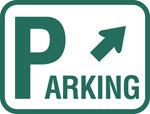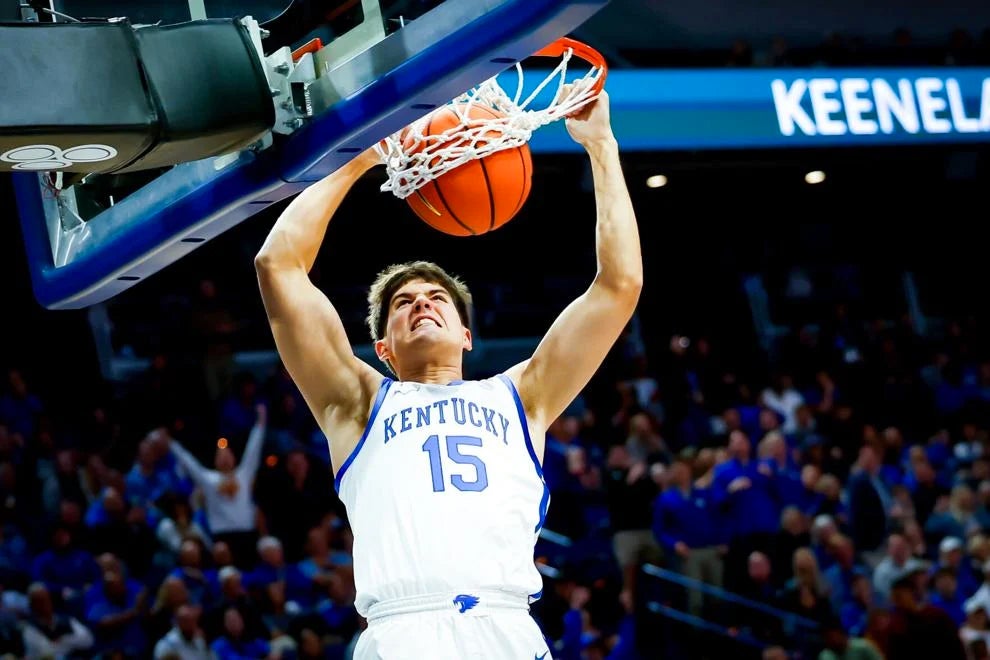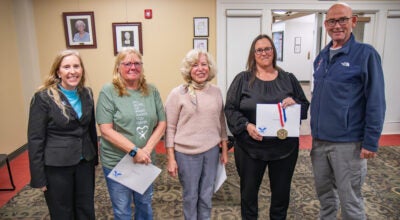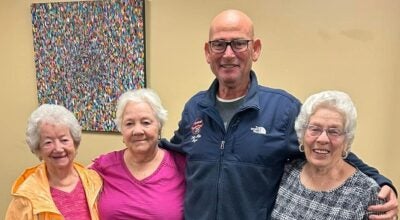‘GROWING PAINS’ Stanford council tackles downtown parking problems
Published 12:44 am Friday, July 21, 2017
STANFORD – Most city council members agree the growth of business in downtown Stanford is a positive, but last week the discussion was focused on how to address the growing number of complaints when it comes to parking.
The end result of that discussion was a decision to place a 15-minute parking spot on Lancaster Street, located beside Coleman’s Drug Store, and a handicapped parking spot in front of the drug store on Main Street.
The suggestion of two-hour parking was discussed briefly but didn’t generate a large amount of support.
“With our town hall meeting, we can tell we’re having growing pains,” said Councilman Scottie Ernst. “I did talk to a person at the bank and they are addressing parking situations, that’s always been addressed, I was told, and they’re going to address it more. Didn’t elaborate, don’t know what.”
City Attorney Chris Reed said the reason the two-hour parking downtown was abolished previously was to entice more people to visit downtown Stanford.
“It’s a good problem to have, folks, we have people wanting to come to Stanford,” said Mayor Eddie Carter. “But is it justifiable to do two-hour parking?”
Jamie Mingo, who attended the July 6 council meeting, asked if the city had approached Main Street business owners to see what their specific parking problems were, if they exist. Mingo said she would hate to see two-hour parking cut a visitor’s time downtown short.
“I hate for someone to think ‘Oh, I don’t know if I can make it back in time.’ It’s just not necessary,” she said.
Dalton Miller, a Stanford resident, said there are no painted parking spots designated on Main Street, which he believes would open more space and prevent people from taking up multiple spots – a common sight in front of the courthouse, he said.
“He is right,” Ernst said. “There are no lines because when we put the new blacktop down the lines were never put back.”
All council members liked the notion of a handicapped parking spot in front of Coleman’s Drug Store and a 15-minute parking slot on the side and voted unanimously on both motions.
Carter said a new sign that reads “Public Parking City of Stanford” has been ordered and will be placed on the Willis Overland city parking garage.
Report from Planning and Zoning Chairman Ward Hart
• Ward Hard reported to the council that he spoke on WPBK-FM recently about the Planning and Zoning Commission and hopes to do so again in the future.
“What’s up, Stanford?” is the name of a new morning program related to local city topics. The public can listen online at www.wpbkfm.com or 102.9 FM.
“It’s a real good thing,” Hart said. “I think we need to do more of that because that seems to be the biggest problem we have, people just don’t know what they need to do a lot of times with Planning and Zoning or ARB (Architectural Review Board), whatever it might be.”
Hard said the segment was about 15 minutes long at 8 a.m. and was a general discussion about what the Planning and Zoning Commission does and responsibilities of citizens. The new program is called “What’s Up, Stanford?” Hart said.
“I would like to do it again and maybe get a little more in-depth. That seems to be the biggest thing – people just don’t know that they need to come to planning and zoning to get a building permit or something,” he said. “Any time you build something on your property, you need to check and see if you need a building permit.”
Hart said despite the extensive efforts by Stanford Fire Chief Scott Maples and Code Enforcement Officer, there are many building permit issues that exist in the city.
Permits for building outdoor pools, of a specific size, are a particular issue, Hart said. The average pool permit is $25, he said.
• Hart reported that a site plan for the Kentucky Fresh Harvest construction has been approved.
“The only stipulation we had to make to it was that they agree that they will put a buffer zone of plants and trees around the outside of the building that will be enough that you won’t be able to see the neighbors, adjoining neighbors,” Hart said. “It will be very pleasing to the eye.”






